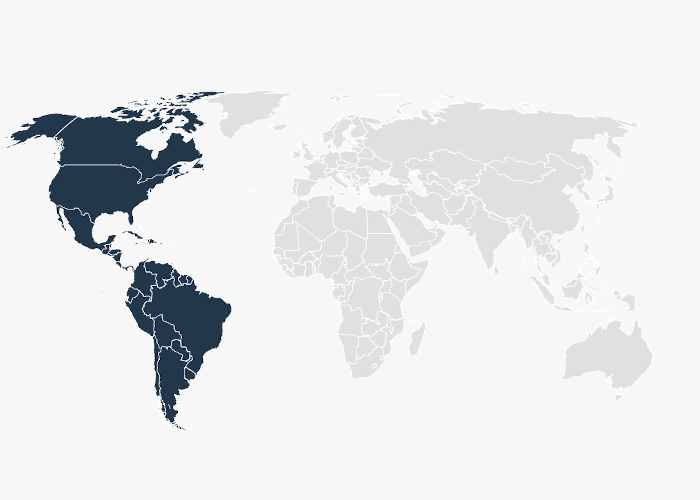The slowdown in the macro-economy had a cascading effect on several key areas within the North American Additive Manufacturing (AM) industry and in various aspects, 2023 marked a year of ‘right-sizing.’
This adjustment became apparent through several discernible trends. Notably, there was a substantial decline in the value of SPAC-based public OEMs, a reduction in M&A and investment activity compared to the previous year, reduced AM demand across multiple segments, including dental, an absence of tangible success metrics from the US Government’s AM Forward program, and a difficult year in terms of printer shipments with strong competition from China.
Despite these challenges and unfavorable growth trends, certain areas saw positive developments. Notably, there was synergistic acquisition activity, a few large application-centric investment rounds, an increased focus on AM adoption to optimize supply chain efficiency, a growing commitment to onshoring manufacturing, heightened attention from the Department of Defense (DoD) in funding projects related to metal AM adoption. The year also proved pivotal, witnessing the threshold-crossing for 3D concrete printing, where emerging opportunities and business models started to become evident.
A closer examination of these trends yields key insights. Major US-based SPACs, including DESKTOP METAL, VELO3D, SHAPEWAYS, MARKFORGED, and FAST RADIUS, experienced considerable drops in value, reflecting performance below lofty expectations. Additionally, SMILE DIRECT, working in the multi-billion-dollar business of dental aligners that use AM as enabling technology, declared bankruptcy due to operational failures. The industry faced distractions, notably the unsuccessful attempts by North American companies, DESKTOP METAL, and 3D SYSTEMS, to merge with STRATASYS.
Early round capital decreased compared to prior years, placing startups that are yet to mature for Series B/C funding, in precarious positions. Notable investments and mergers included,
– ALIGN TECHNOLOGY acquiring polymer 3D printing company CUBICURE.
– 3D SYSTEMS acquiring SLS company WEMATTER.
– META acquiring 3D printed optics firm LUXEXCEL.
– GM acquiring TOOLING & EQUIPMENT INTERNATIONAL for its AM gigacasting technology used by TESLA.
– ICON raising USD 185 million in investment for 3D printing construction technology.
– SPRINTRAY raising USD 100 million as a 3D printer OEM focused on digital dentistry.
– DIVERGENT TECHNOLOGIES raising USD 230 million in a Series D round.
In 2023, the US government further increased support for advanced manufacturing, announcing investments and initiatives to boost the US advanced manufacturing sector. This included establishing the White House Council on Supply Chain Resilience and significant funding for battery and semiconductor manufacturing to enhance the domestic production of critical technologies, such as advanced batteries, semiconductors, and 3D printed components for aerospace and defense applications. The goal is to strengthen the U.S. defense industrial base, promote reshoring, and accelerate AM adoption to ensure a more resilient and innovative manufacturing sector.
Among other notable North American milestones, U.S. President Biden awarded Chuck Hull, the co-founder of 3D SYSTEMS, the 2023 National Medal of Technology and Innovation for starting the 3D Printing industry. Additionally, RELATIVITY SPACE semi-successfully launched the world’s first 3D printed rocket, consisting of 85% 3D printed parts.
Finally, an increasing demand exists for companies to bridge gaps in the AM workflow. A dynamic ecosystem of enterprises has risen to meet these demands, specifically focusing on software for AM design assessment, manufacturing execution systems (MES), part preparation software, post-processing solutions, and workflow automation.



